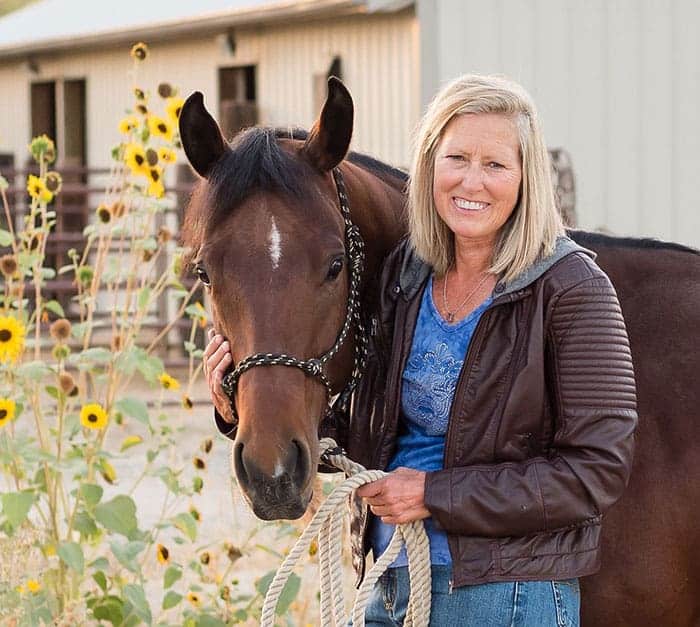Fall Renovation of Horse Pastures
- Posted by Alayne Blickle

Fall is the ideal time to renovate a pasture. Warm fall soils encourage root growth which will continue until the ground freezes. In areas with mild winters roots may even continue to grow all winter. In early spring roots begin new growth or continue growing but at a faster rate while also beginning top growth. The same plant planted in spring will get a slow start due to cooler soils.
When summer finally arrives, the fall-planted plant is far better equipped to deal with heat and drought, primarily because of its well-established root system. There are other good reasons to plant in the fall: dependable rainfall, cooler weather (which most grasses prefer), fewer pest and disease problems, less competition from weeds and the drier fall weather makes it is easier to prepare soils.
Fall planting should be done roughly six weeks before the first hard frost which for most of North America is probably early September to late October.
Here’s a 10-step process:
1. Kill existing vegetation about four to six weeks before seeding. Mature weeds will always out-compete seedlings for nutrients. Kill undesirable plants either chemically (with herbicides) or mechanically (by pulling weeds or thoroughly discing.) Allow a few weeks afterwards for greens to decompose.
2. Evaluate the current soil status with a soil test. How much compost, fertilizer and lime you apply and the time of year you apply it should be based on the results of a soil test. Talk with your local conservation district or extension office to get help on how to take a soil test, where to have it analyzed and how to interpret results.
3. If the soil test results indicate your pastures need liming, fall is an excellent time to do this. Fall applications allow lime to neutralize soil acidity over the winter and helps grass plants to be more competitive next spring.
4. Seedbed preparation includes breaking up compacted layers. Your goal should be to produce a firm, level seedbed with just enough loose surface soil for shallow seed placement and good seed-to-soil contact.
5. Select seed types for your pasture. Most horse pastures will probably use a combination of tall fescue (endophyte free), orchardgrass and perennial ryegrass but check with the resource agencies listed under #2 for advise specific to your conditions.
6. Apply seeds at a rate of 30 to 50 pounds per acre (seeding rate.)
7. Seeding depth is critical. Never seed deeper than a 1/2 inch–it’s better to seed too shallow than too deep. Useful seeding tools include a hand spreader, a push spreader or a drop seed spreader that attaches to a tractor.
8. A light harrowing after seeding will help get good seed to soil contact. If the soil is too fluffy it will dry out quickly as will the small seedlings which will die. You can tell you have a firm seedbed if you can walk over the prepared seedbed and leave footprints no deeper than 1/4 inch.
9. Weed control after seeding is critical. The best method of weed control after seedling emergence is mowing–young plants are very susceptible to herbicide damage. Mowing above the growing grasses (about 6 – 8 inches) will stunt or kill most weedy plants.
10. When to begin grazing? A renovated pasture will take almost a year before it’s established. A fall-established pasture may be able to be grazed late in the following summer–if it passes the Pull Test: grab a single plant at its base and give a sharp tug. If you can pull the plant out of the soil, so can your horses and your pasture is not yet ready to graze. Once you begin grazing, graze lightly for 90 days (never below 4 inches) to be sure your plants develop a strong, healthy root system.
Are you getting your pastures ready for winter?

Written by:
Alayne Blickle
Related Articles
Stay on top of the most recent Horse Health news with














